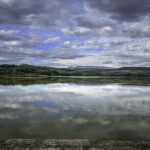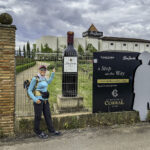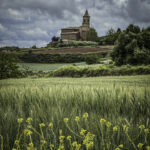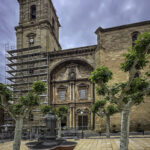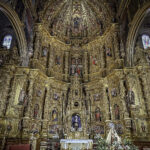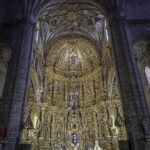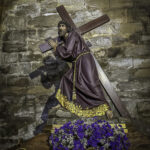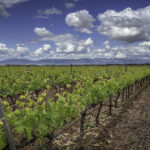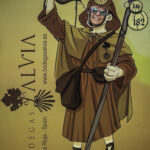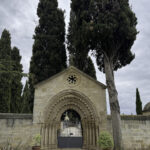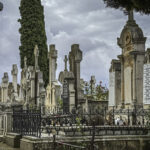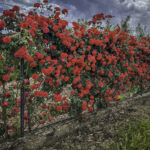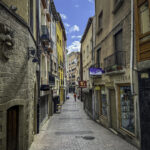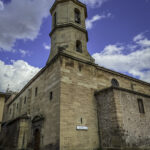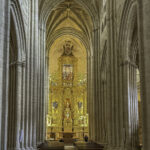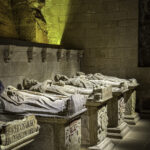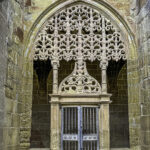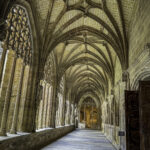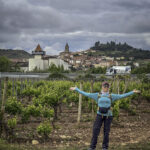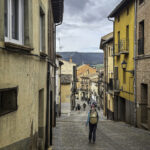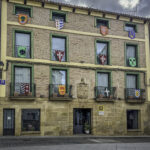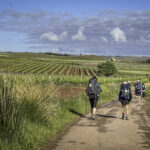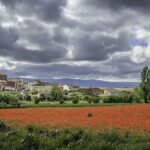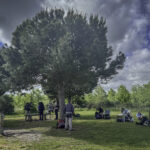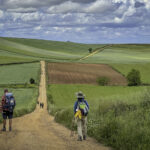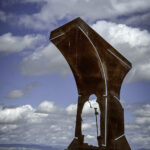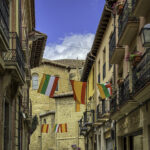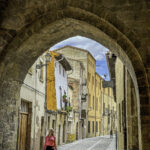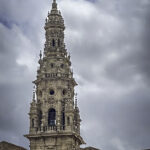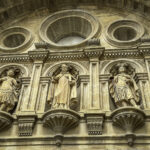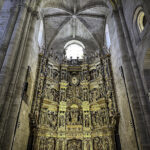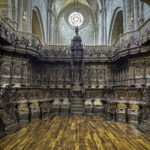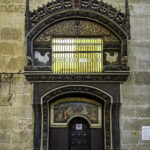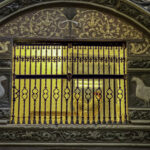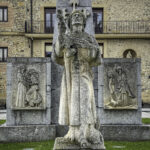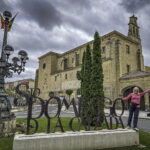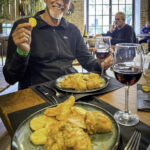 Nestled in the north of Spain, La Rioja is a small yet captivating region renowned for its rich history, vibrant culture, and world-famous wines. This enchanting area, with its lush landscapes and charming villages, offers travelers a delightful mix of heritage, gastronomy, and natural beauty.
Nestled in the north of Spain, La Rioja is a small yet captivating region renowned for its rich history, vibrant culture, and world-famous wines. This enchanting area, with its lush landscapes and charming villages, offers travelers a delightful mix of heritage, gastronomy, and natural beauty.
La Rioja’s history dates back to prehistoric times, with evidence of human settlements as early as the Stone Age. Over the centuries, it has been influenced by a myriad of cultures, including the Celts, Romans, and Moors, each leaving an indelible mark on the region. The medieval period, in particular, saw the rise of many of the area’s most iconic landmarks, such as the monasteries of San Millán de la Cogolla, a UNESCO World Heritage site and the cradle of the Spanish language.
For many, La Rioja is synonymous with wine. The region boasts over 500 wineries, producing some of the finest wines in the world. The fertile Ebro Valley, with its ideal climate and rich soils, provides the perfect conditions for viticulture. Visitors can explore picturesque vineyards, participate in wine tastings, and learn about the intricate processes that create Rioja’s renowned reds, whites, and rosés. The annual wine harvest festival, held in the capital, Logroño, is a vibrant celebration not to be missed.
La Rioja is also a treasure trove of cultural experiences. Logroño, with its lively tapas bars on Calle del Laurel, offers a true taste of Spanish gastronomy. The region’s culinary scene is a delectable blend of traditional dishes and modern innovations, with local specialties like patatas a la riojana (potato and chorizo stew) and chuletillas al sarmiento (lamb chops grilled over vine shoots).
Day 9 Logrono to Najera
The Camino de Santiago’s path through La Rioja is a feast for the senses, weaving through some of Spain’s most celebrated landscapes and culture. This leg began in Logroño, the vibrant capital of La Rioja and a city where tradition meets modernity. The town square, bustling with locals and fellow pilgrims, was the perfect spot to enjoy a café con leche before stepping onto the ancient path. Crossing the graceful stone bridge over the Ebro River, we left the city behind and entered a patchwork of vineyards stretching to the horizon.
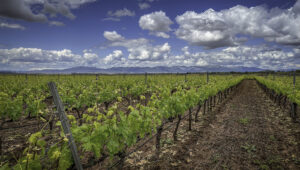 La Rioja’s reputation as Spain’s wine country reveals itself almost immediately. The path is lined with rows of gnarled vines, their grapes ripening under a late-summer sun, offering a glimpse of the artistry behind the region’s world-class vintages. For centuries, these vineyards have shaped the region’s identity, and their beauty remains a constant companion as you walk.
La Rioja’s reputation as Spain’s wine country reveals itself almost immediately. The path is lined with rows of gnarled vines, their grapes ripening under a late-summer sun, offering a glimpse of the artistry behind the region’s world-class vintages. For centuries, these vineyards have shaped the region’s identity, and their beauty remains a constant companion as you walk.
Midway between Logroño and Nájera, the charming village of Navarrete feels like stepping into the pages of history. We paused to explore its 12th-century Iglesia de la Asunción, a masterpiece of baroque art, its gilded altarpiece gleaming like sunlight trapped in wood. A moment of reflection in the quiet sanctuary felt like a gift after the steady rhythm of the trail.
As we continued, the rolling hills began to take on a red hue, the distinctive clay soil that gives the Rioja wines their distinct terroir. We approached Nájera, a town with roots tracing back to medieval Spain, nestled along the Najerilla River. The Monastery of Santa María la Real awaited us, its cloister a serene haven adorned with intricately carved stonework. It’s said this monastery was founded after a 9th-century king discovered a hidden image of the Virgin Mary in a nearby cave, a tale that adds a touch of myth to its grandeur. Click on thumbnail to view images
Day 10 Najera to Santo Domingo De La Calzada
Leaving Nájera at sunrise, we followed the Camino through quiet farmland, passing olive groves, wheat fields, and scattered vineyards. The red soil and open landscapes reflected La Rioja’s agricultural heritage. The path was peaceful, with few pilgrims and only the sound of birdsong accompanying us.
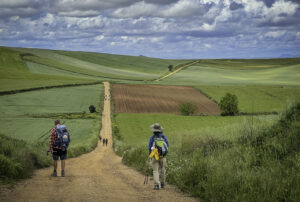 Our first stop was Azofra, a small village known for its history of serving pilgrims since the Middle Ages. It was a good place to rest and enjoy a quick coffee before continuing through gently rolling hills that offered panoramic views of the valley.
Our first stop was Azofra, a small village known for its history of serving pilgrims since the Middle Ages. It was a good place to rest and enjoy a quick coffee before continuing through gently rolling hills that offered panoramic views of the valley.
Approaching Santo Domingo de la Calzada, the town’s cathedral tower became a beacon on the horizon. Founded by the saint of the same name, the town has been a critical stop on the Camino for over 900 years, known for its medieval bridges, roads, and hospitals built to aid pilgrims.
The Cathedral of Santo Domingo is the highlight, famous for the legend of the miraculous rooster and hen—a tale of divine intervention that’s commemorated with live birds kept inside. After visiting the cathedral, we ended the day in the Plaza del Santo, enjoying Rioja wine and reflecting on the deep historical roots of this stretch of the Camino. Click on thumbnail to view images


